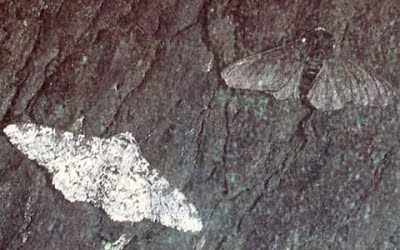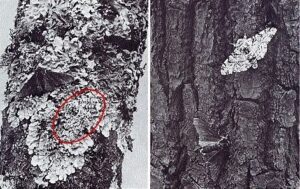Selection (CCEA)
Introduction
Directional selection
Stabilising selection
Natural selection
Phenotypic traits
Predation, disease and competition
Alleles
Introduction
Here is an all-time classic example. The most frequent initial moth colour in a population landing on tree trunks was dark, to match that of the tree trunks. Few moths could get away with being light-coloured. Once the tree trunks were painted white, the former moths became very apparent to predators, and so the light-coloured moths evaded predation much better and survived to reproduce. Essentially, the tables had turned!
This resulted in the allele for light colour to spread and become the most frequent compared to that for dark colour. The latter sharply dropped in frequency and became the minority.


This is an example of directional selection. It tends towards an extreme, either the light-coloured or the dark-coloured, depending on scenario. These kind of polymorphic populations that exhibit multiple phenotypes enable the investigation of selection acting upon different individuals.
Selection can also tend towards a “happy medium” and avoid either extreme. This is stabilising….